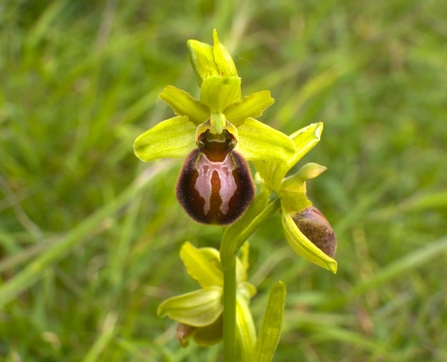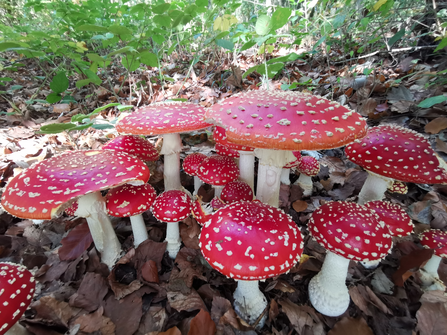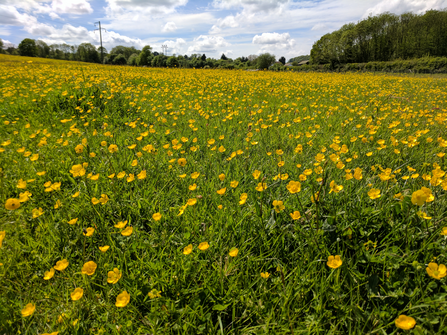Established as a rabbit warren in the 13th Century for King Henry III’s wife Queen Eleanor, Queendown Warren is now a 76.5ha site managed by Kent Wildlife Trust for nature. It contains a mixture of chalk grassland, open pasture and woodland. Much of the open grassland has been kept that way by the many rabbits who continue to live on this land.
As is typical for chalk grassland in the Kent Downs, Queendown Warren is a very geologically stable site with poor, thin soil making it difficult for grass to dominate. This allows species like bird’s foot trefoil, horseshoe vetch, salad burnet and rockrose to make a home here. It is also home to a number of orchid species such as the early spider orchid, bee orchid and chalk fragrant orchid.









